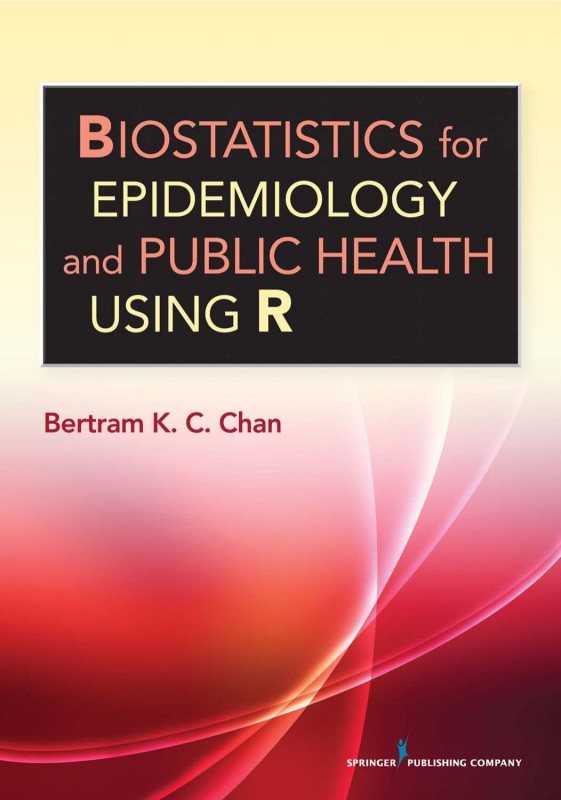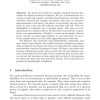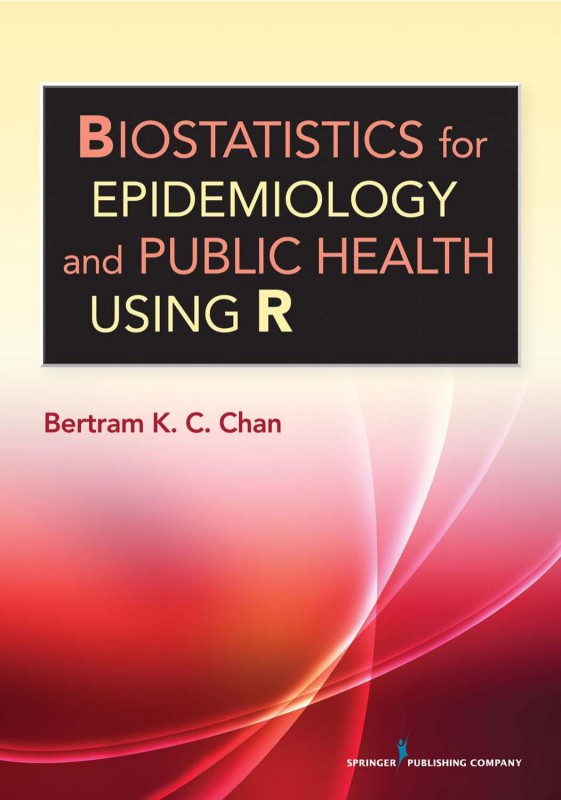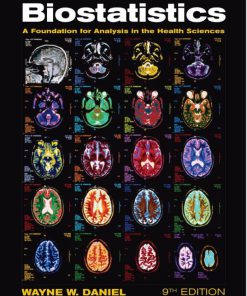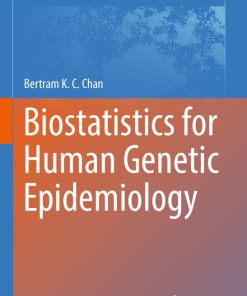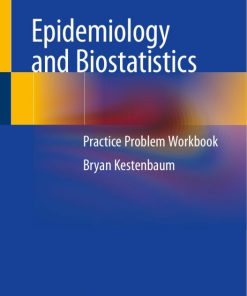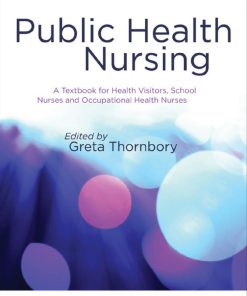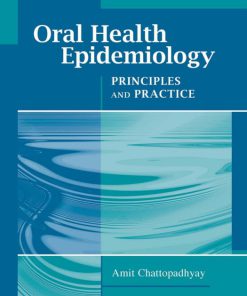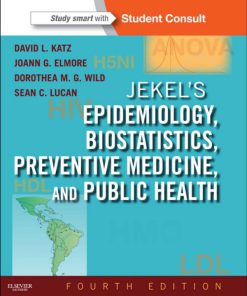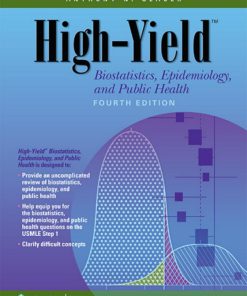Biostatistics for Epidemiology and Public Health Using R 1st edition by Bertram Chan 9780826110268 0826110266
Original price was: $50.00.$25.00Current price is: $25.00.
Authors:Bertram Chan , Series:Community Medicine [4] , Tags:Medical; Biotechnology; Epidemiology; Public Health , Author sort:Chan, Bertram , Ids:Google; 9780826110251 , Languages:Languages:eng , Published:Published:Nov 2015 , Publisher:Springer Publishing Company , Comments:Comments:Since it first appeared in 1996, the open-source programming language R has become increasingly popular as an environment for statistical analysis and graphical output. In addition to being freely available, R offers several advantages for biostatistics, including strong graphics capabilities, the ability to write customized functions, and its extensibility. This is the first textbook to present classical biostatistical analysis for epidemiology and related public health sciences to students using the R language. Based on the assumption that readers have minimal familiarity with statistical concepts, the author uses a step-bystep approach to building skills. The text encompasses biostatistics from basic descriptive and quantitative statistics to survival analysis and missing data analysis in epidemiology. Illustrative examples, including real-life research problems and exercises drawn from such areas as nutrition, environmental health, and behavioral health, engage students and reinforce the understanding of R. These examples illustrate the replication of R for biostatistical calculations and graphical display of results. The text covers both essential and advanced techniques and applications in biostatistics that are relevant to epidemiology. This text is supplemented with teaching resources, including an online guide for students in solving exercises and an instructor’s manual. KEY FEATURES: First overview biostatistics textbook for epidemiology and public health that uses the open-source R program Covers essential and advanced techniques and applications in biostatistics as relevant to epidemiology Features abundant examples and exercises to illustrate the application of R language for biostatistical calculations and graphical displays of results Includes online student solutions guide and instructor’s manual

